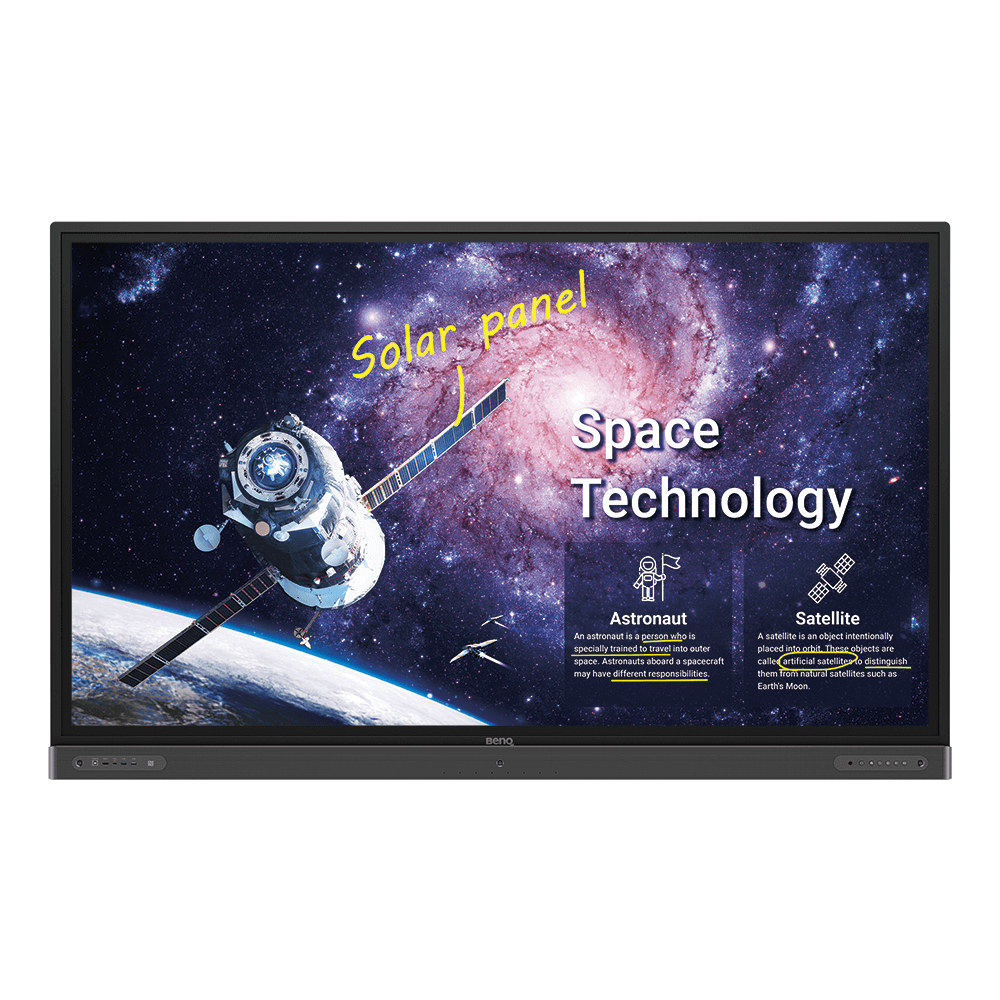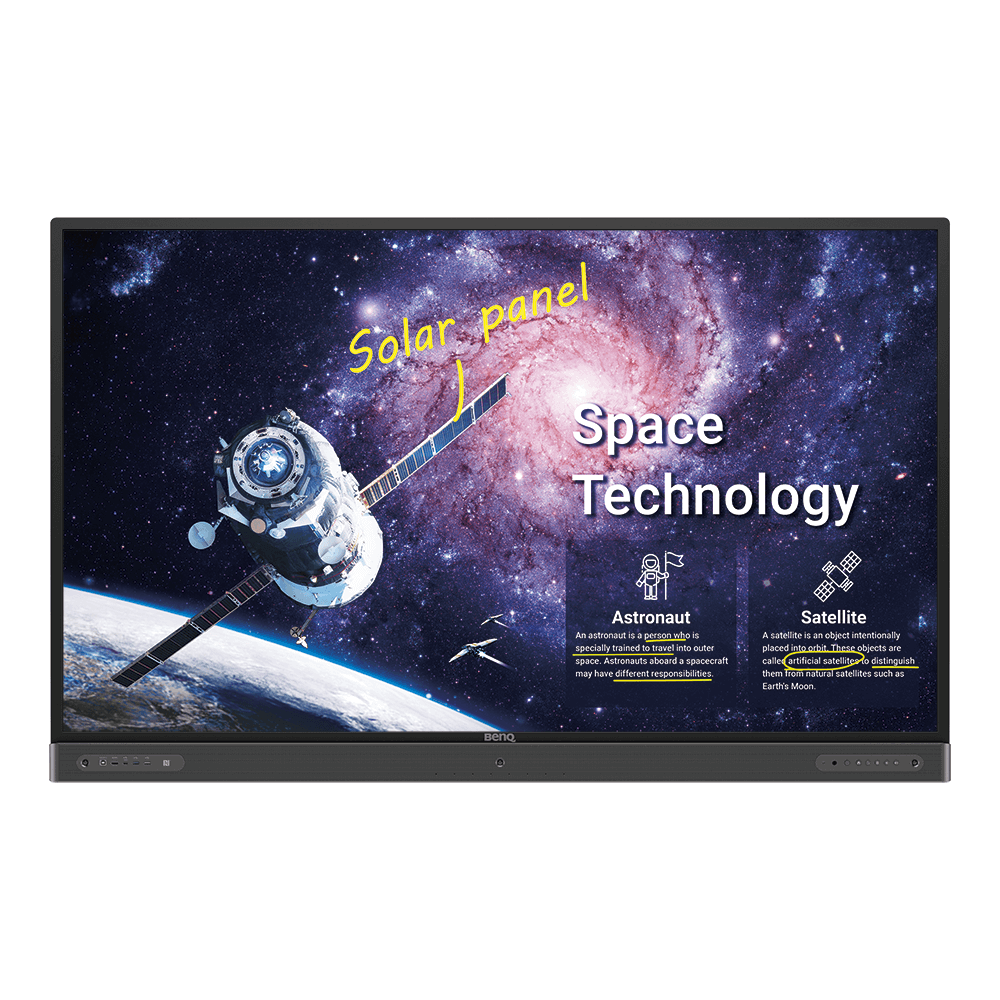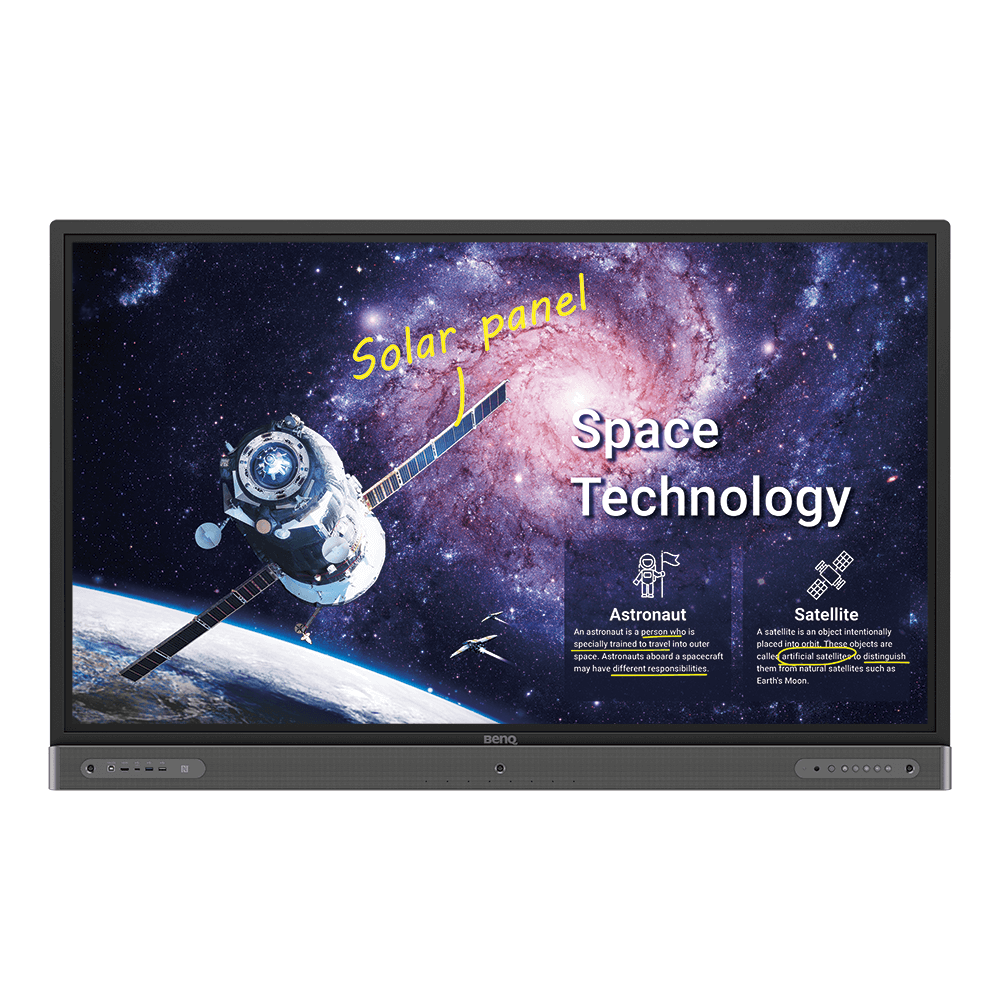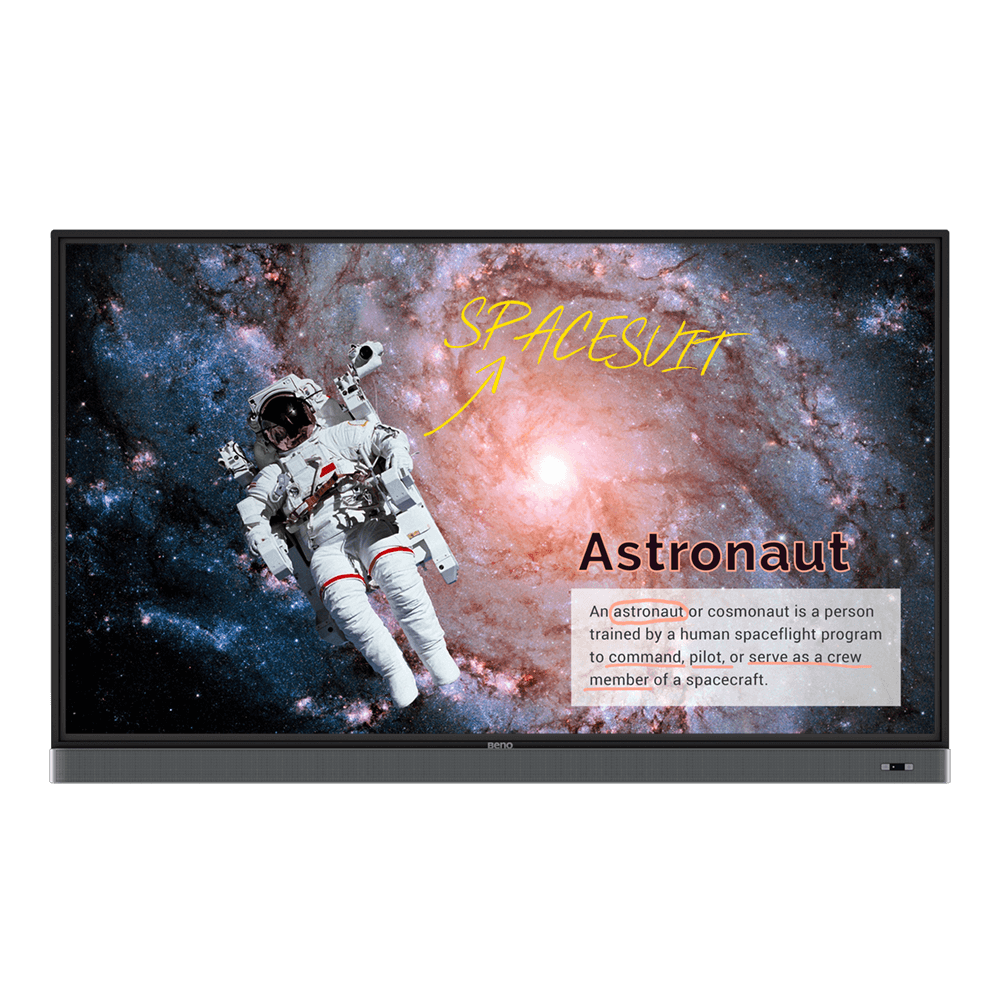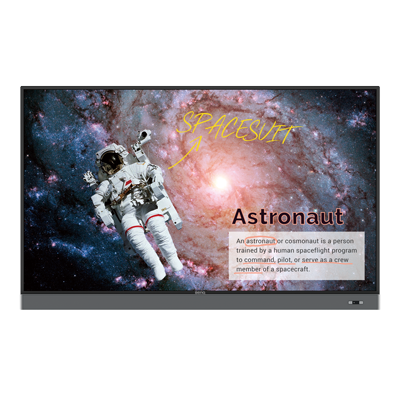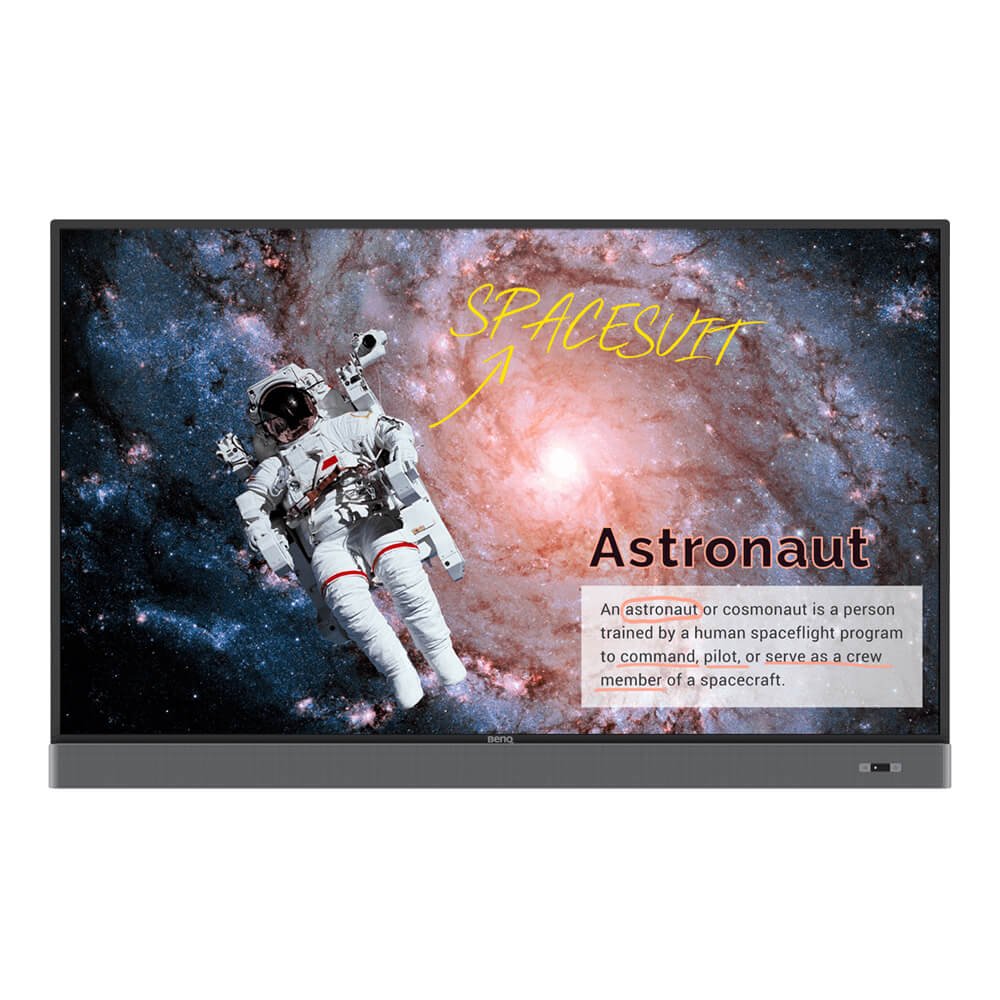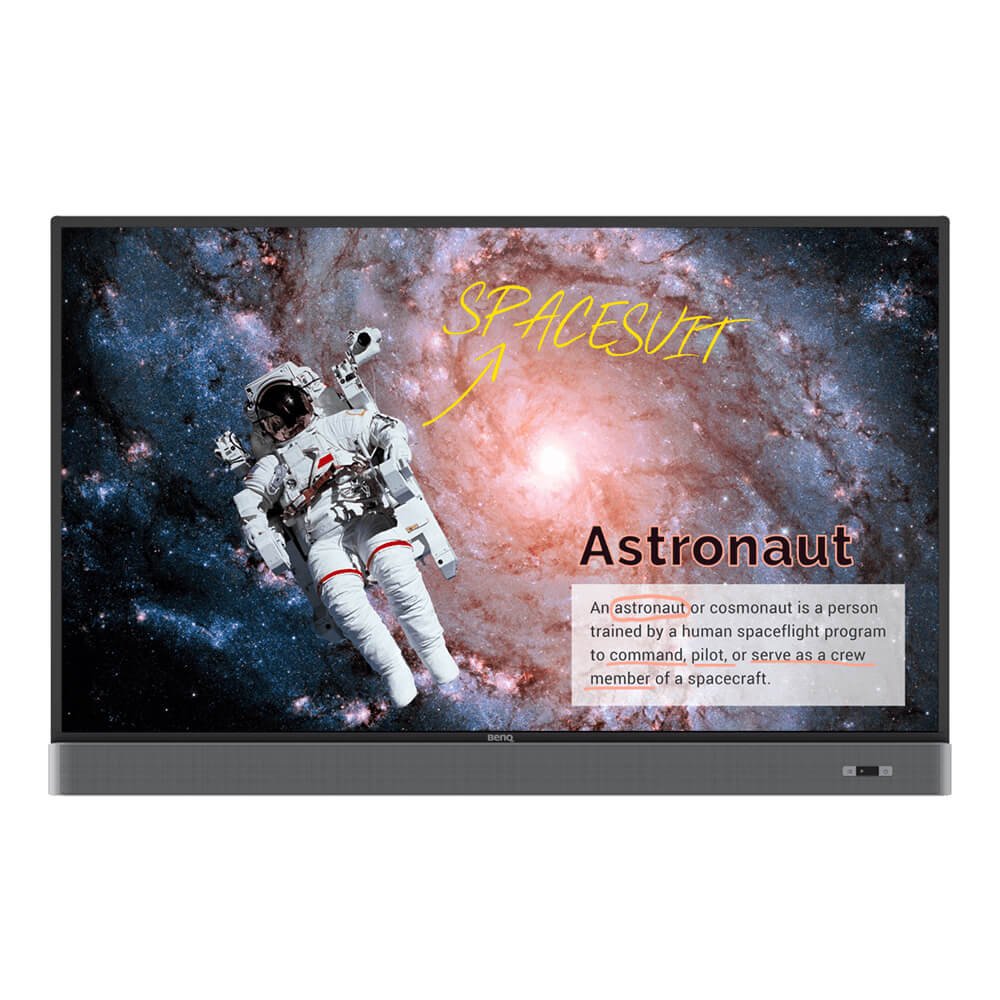Why Interactive Board Is the New Smartphone for Classrooms?
- BenQ
- 2020-11-06
The ability to run videoconferencing software and the ability to whiteboard from anywhere will enable interactive displays to transform the classroom of tomorrow
Schools arount the world such as Oxford University are finding new ways to overcome the Covid-19 challenges to leverage the lessons learnt from in-classroom interactive collaboration while providing a simultaneous remote & hybrid learning platform to ensure students properly learn their material.
Why are interactive displays the best choice for hybrid learning environments and flipped classrooms?
Ability to Run Videoconferencing Software From the Display
While there are over 15 brands that sell interactive displays, the best models are specifically designed for hybrid classrooms- ones with effective in-person and remote learning. For example, a display designed for hybrid learning will need to have integrated videoconferencing tools, as well as the ability to load new applications as they are developed for remote or hybrid learning. These displays can run both Android and Windows software through integrated or OPS computers, enabling curriculum directors to evaluate hybrid learning tools outside the traditional proprietary interactive whiteboard ecosystems.
Many new boards also have advanced array microphones and high powered audio that minimizes the need for dedicated fixed classroom audio. These systems use multiple microphones (up to eight) that are integrated into the panel to enable a teacher to be as far away as 15 feet from the display. Just like the latest AirPods, these systems have advanced noise cancellation and processing that improves the audio signal for clear sound when listening remotely. You should also look for an interactive display with proper sound dispersion (such as front facing speakers) so that the students in the class can also hear clearly.
Easy to Use Whiteboarding – From Anywhere
New non-proprietary whiteboarding software can help blending the virtual and physical learning environments into true hybrid classrooms. First, these software platforms can leverage content from both the local storage and connected cloud content and internet lessons, without having to connect a PC. These sessions can be broadcast live over the internet via cloud collaboration system that even allows remote learners to write on the board via their phones or tablets. These new systems also offer improved in-person learning technologies such as improved touch sensors that can recognize gestures such as palm erasers, and dynamic widths to enable the boards to be used for teaching Kanji, Arabic, Hebrew characters- and of course creative arts such as calligraphy. Unlike a passive projector, a properly equipped interactive displays can actively capture, record, and store lessons in the could for students and teachers to replay, regardless of their location.
Interactive Displays Create a Healthy Environment for Collaborative Learning
Even though students are home or social distancing is required, it is important to keep a high level of safety in organizing collaboration and group activities, as per this report from McKinsey. High quality interactive displays are now available (and affordable), with durable germ-resistant screens to allow for on-screen activities while minimizing the risk of virus spread. Other new technologies include a proximity sensor that will lower the blue light levels when students are close to the board, as well as monitor the air for unhealthy levels of CO2 or harmful particles to keep students from getting drowsy.

Germ-Resistant Screen

Air Quality Sensor

Low Blue Light
Conclusion
While these new displays represent a significant paradigm shift from a passive projector and PC, the advantages of being able to move the display to accommodate different environments, and minimize the need for fixed installation assets such as projector screens, wiring, and dedicated sound enhancement systems make these new displays very affordable when considering the total cost of ownership.




